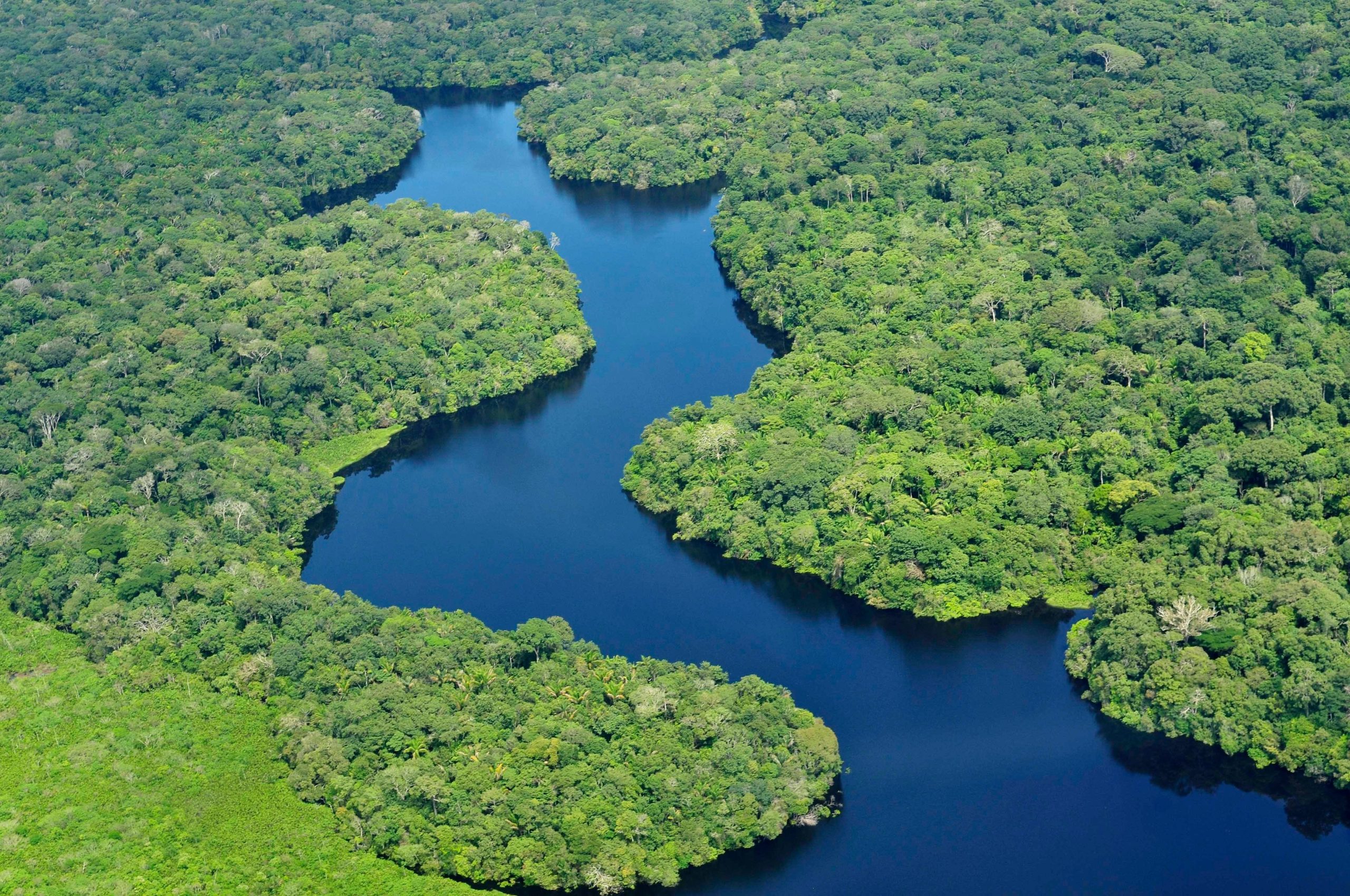News
Novel study published on international trade of wildlife in Amazon countries

News | Jun 2017
A new study presents, for the first time, a comprehensive view of international trade in the wildlife in Amazon countries. The study, Wildlife Trade in Amazon Countries, was carried out by UN Environment World Conservation Monitoring Centre, with support from the Amazon Regional Programme of the German-Dutch cooperation implemented by GIZ, and in close collaboration with the Amazon countries (Bolivia, Brazil, Colombia, Ecuador, Guyana, Peru, Suriname and Venezuela).
The eight countries making up the Amazonian Cooperation Treaty Organisation (ACTO) enjoy a diverse range of wildlife, including over 12,000 species listed under the Convention on International Trade in Endangered Species (CITES), the body that regulates international trade in wildlife. Between 2005 and 2014, trade in Convention on International Trade in Endangered Species (CITES) - listed species from the region primarily involved species traded for the fashion industry, pet market, food, traditional medicine and timber market. It is estimated that the average financial value of trade during this time was USD128 million per year.
This study provides a baseline of information to Governments and other stakeholders to inform trade management in the region. Accurate and up-to-date information on levels of trade in wildlife is necessary to prevent the extinction of wildlife from unsustainable harvest and trade. It can also contribute to a better understanding of how well-managed trade can generate conservation incentives and contribute to positive conservation outcomes, providing a more sustainable future for people and wildlife.
Photo: Aerial view of the Amazon Rainforest, by CIFOR, on Flickr, under CC BY 2.0
Have a query?
Contact us
communications@unep-wcmc.org
